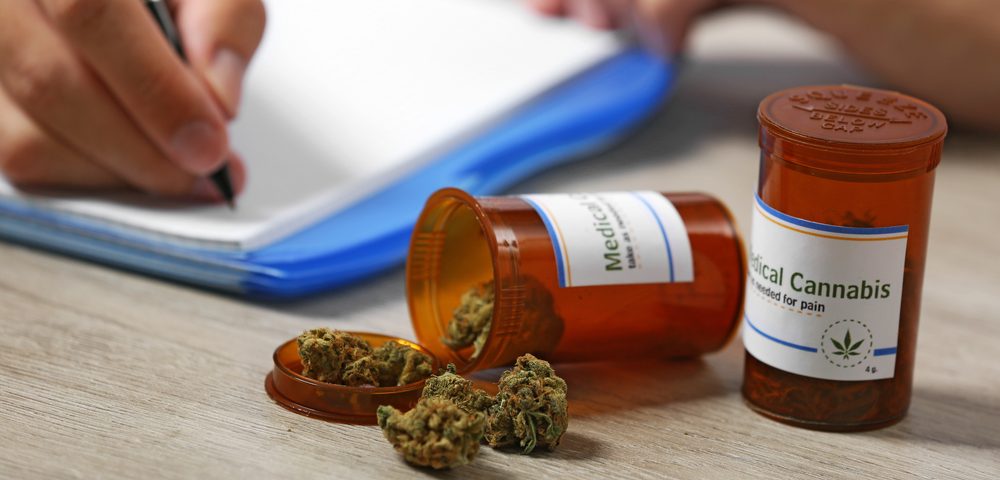As the number of states legalizing cannabis as pain relief for cancers like lymphoma and other medicinal and recreational purposes increases, researchers published a report to help clinicians guide patient use.
The report, “Contemporary Routes of Cannabis Consumption: A Primer for Clinicians,” was published in The Journal of the American Osteopathic Association.
The two main active components in cannabis are the cannabinoids tetrahydrocannabinol (THC) and cannabidiol (CBD), both of which exert different effects.
THC is the cannabis component linked to the “high” sensation, and several studies support its effects in alleviating pain in cancer patients. But THC use has also been linked to symptoms of psychosis among healthy study volunteers and is considered a potential risk factor for psychosis.
CBD is being studied for its potential anti-seizure and anti-inflammatory properties and is thought to carry antipsychotic and anxiety-reducing properties.
The market is witnessing an increase in medications formulated with different ratios of THC and CBD for pain relief and other medicinal reasons.
Researchers said that physicians need to know which products their patients are using, as well as how often and at which doses, so they can make informed recommendations on dosing and risks.
“It is very difficult to tell someone what effect they can expect without knowing the specifics of the product,” Walter Prozialeck, PhD, professor and chair of the Department of Pharmacology, Chicago College of Osteopathic Medicine at Midwestern University, said in a press release.
“How much THC is in the product, how it’s consumed — and, of course, the individual’s physiology — all play a role in determining their experience,” he added.
Over the past 50 years, the amount of THC used in cannabis-based products has been increasing, varying between 15% to 25% of the herbal cannabis weight.
The rate of absorption of THC varies if cannabis is inhaled or ingested orally. The effects of cannabis are faster (a matter of minutes) when smoked or inhaled via a vaporizer, and the effects usually last around two to four hours.
When orally ingested, however, THC is absorbed inconsistently and users generally experience its effects two to four hours after eating it. But the intensity is higher and the effects are sustained for longer, from six to eight hours. This means the risk for overdose is higher, while the nearly immediate effects when smoked or vaporized helps users to titrate usage more efficiently.
“The best advice we can give is start low and go slow,” said Prozialeck. He adds that more research is needed from the medical community to create specific protocols that physicians can use to better counsel patients.
The researchers also caution clinicians about the risk of schizophrenia and other psychiatric issues that may be triggered by cannabis use, particularly in patients in their teens whose brains are still developing.
“Pediatricians should be aware of this, especially for patients who have exhibited symptoms of anxiety and depression, and be willing to have candid discussions about cannabis,” said Jeramy Peters, DO, the study’s lead author and a psychiatrist at Oregon Health and Science University in Portland.


